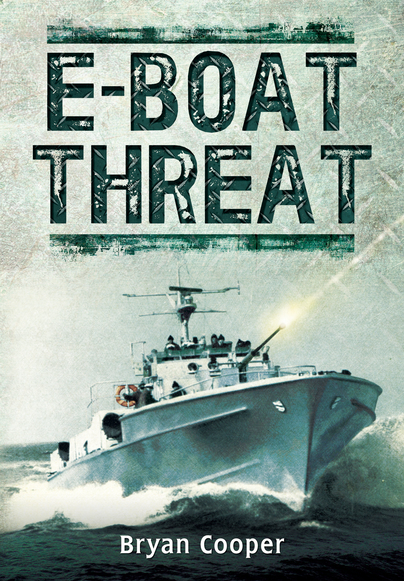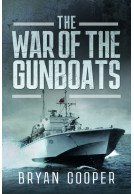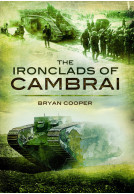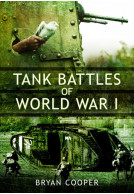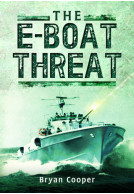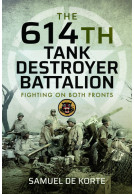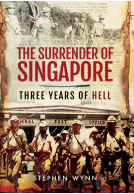The E-Boat Threat (Hardback)
Imprint: Pen & Sword Military
Pages: 138
Illustrations: 25 mono illustrations
ISBN: 9781473827837
Published: 2nd March 2015
(click here for international delivery rates)
Need a currency converter? Check XE.com for live rates
| Other formats available | Price |
|---|---|
| The E-Boat Threat Paperback Add to Basket | £14.99 |
| The E-Boat Threat ePub (8.9 MB) Add to Basket | £6.99 |
One of the major lessons of World War II was the importance of coastal waters. It was not widely recognised beforehand just how vital the control of such waters would become, both in defending essential convoys as well as attacking those of the enemy, and in paving the way for amphibious landings.
While land based aircraft could carry out offshore operations by day and destroyers and cruisers patrolled deeper waters, the ideal craft for use in coastal waters were motor boats armed with torpedoes and light guns. But with the exception of Italy, none of the major powers had more than a handful of these boats operational at the outbreak of war.
From a small beginning, large fleets of highly maneuverable motor torpedo boats were built up, particularly by Britain, Germany and the USA. They operated mainly at night, because they were small enough to penetrate minefields and creep unseen to an enemy's coastline and fast enough to escape after firing their torpedoes. They fought in every major theatre of war, but the first real threat came in the North Sea and English Channel from German E-boats, crossing to attack Britain's vital convoys. Ranged against them in the 'battle of the little ships' were British MTBs and MGBs and, later, American PT boats. They often fought hand to hand at closer quarters than any other kind of warship in a unique conflict that lasted right to the end of the war.
E-boat Threat describes the development of these deadly little craft, the training of their crews who were usually volunteers and the gradual evolution of tactics in the light of wartime experience. Methods of defence are also related, which included the use of aircraft and destroyers as well as motor gunboats, sometimes acting under a unified command.
As featured in
Ships Monthly, April 2017
This book is illustrated throughout by a number of interesting (and clear) photographs and drawings and is a very interesting book to read.
Scuttlebutt Edition No51
Small craft operations, usually condcuted at night and at high speed, are by their nature chaotic and difficult to reconstruct, but the author does well in vividly relating many of these encounters with the eye of a trained journalist. Well recommended.
Warship World
Very interesting. ... A really good picture of the story of WWII for the coastal forces around the south and east shores of the UK and north european coastlines.
Military Modelling
As featured in.
Folkestone Herald
The wartime days when, most nights, motor torpedo boats and gun boats roared out of Dover and Folkestone harbours are recalled in a new book by Deal author Bryan Cooper...An interesting read especially for those who remember the fast craft crews who, based in Dover, would pack the pubs, especially the Prince Regent in the Market Square, now demolished.
Dover Express
Examines the development of the deadly little craft, the training of their crews and the gradual evolution of tactics in the light of wartime experience.
East Kent Mercury







